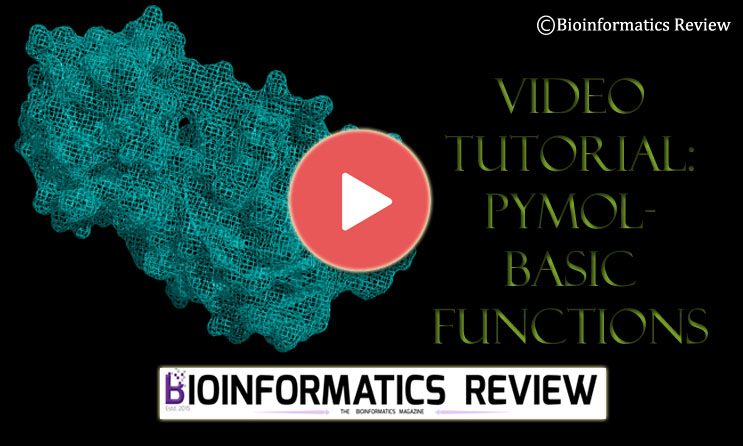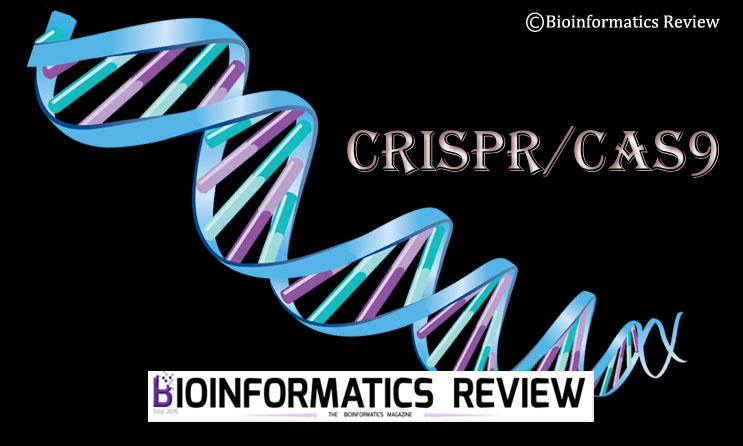Protein-protein interactions (PPIs) are essential to study to understand the molecular functions carried out by a group of proteins. Alcala et al., [1] developed a new aligner software to provide biologically relevant alignments of PPI networks.
AligNet is based on a parameter-free pairwise alignment algorithm [1]. It provides biologically and topologically efficient alignments. AligNet algorithm focuses on structural matching and protein function conservation. It is implemented in the R language and is freely available to download from GitHub.
How AligNet works?
- AligNet takes two networks as input.
- It recognizes all nodes and creates a cluster for every node present in the networks separately.
- After that, it aligns both the clusters.
- Calculates the local alignment and selects the best-computed alignments.
- Later, it selects a well-defined local alignment amongst the rest of the computed alignments.
- Further, it creates a global alignment out of the selected local alignment.
- As a result, it provides all aligned nodes.
The developing team has tested the performance of AligNet against the other state-of-the-art tools, namely, PINALOG [2], SPINAL [3], HubAlign [4], and L-GRAAL [5]. As a result, the AligNet performed better than the other aligners.
For further reading, click here.
References
- Alberich, R., Alcala, A., Llabrés, M., Rosselló, F., & Valiente, G. (2019). Alignet: alignment of protein-protein interaction networks. arXiv preprint arXiv:1902.07107.
- Phan, H. T., & Sternberg, M. J. (2012). PINALOG: a novel approach to align protein interaction networks—implications for complex detection and function prediction. Bioinformatics, 28(9), 1239-1245.
- Aladag˘,A.E. and Erten,C. (2013) Spinal: scalable protein interaction network alignment. Bioinformatics, 29, 917–924
- Hashemifar, S., & Xu, J. (2014). Hubalign: an accurate and efficient method for global alignment of protein–protein interaction networks. Bioinformatics, 30(17), i438-i444.
- Malod-Dognin, N., & Pržulj, N. (2015). L-GRAAL: Lagrangian graphlet-based network aligner. Bioinformatics, 31(13), 2182-2189.





